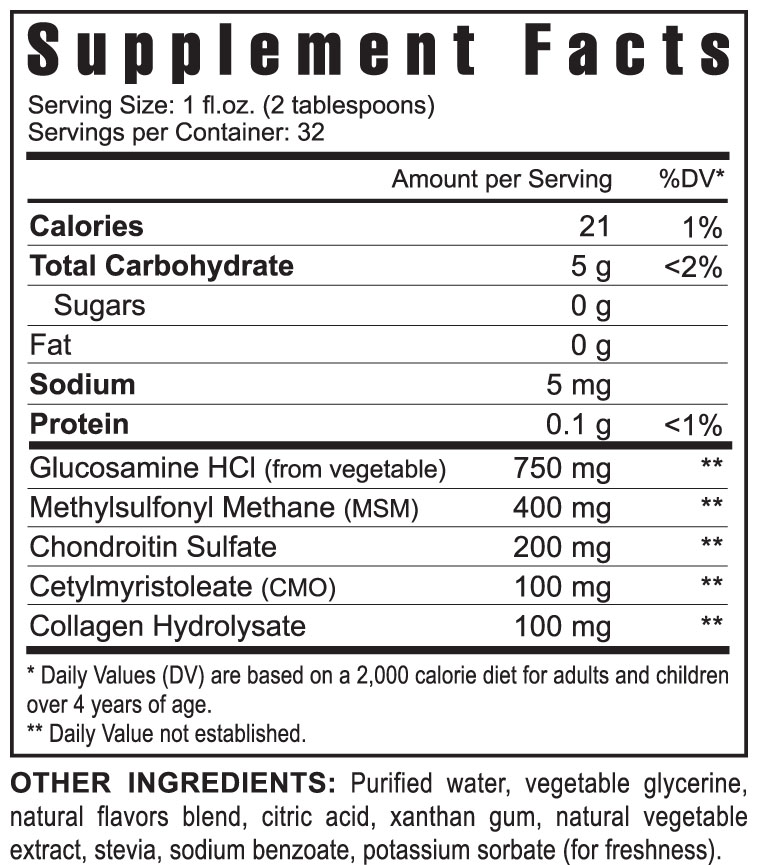

Additional data suggesting that vitamin D may also have a role in delaying progression to clinical diabetes in adults at a high risk of developing type 2 diabetes, taking into consideration altered vitamin D and calcium homeostasis 13, 14. New findings suggest that supplementation with vitamin D could influence insulin secretion and improve glucose homeostasis 9, 10, 11, 12, 13.

Therefore, obesity has been recognized as one of the most important single risk factors in the pathogenesis of type 2 diabetes mellitus.Ĭurrently, the role of vitamin D in the regulation of insulin secretion is highly investigated 7, 8. It is well-known that obesity is related to insulin resistance and hyperinsulinemia 4, 5, 6. Around 80–90% of people with type 2 diabetes are obese or overweight (Body Mass Index (BMI) ≥25 kg/m2) 2, 3. This meta-analysis provides evidence that vitamin D supplementation has no significant effect on glucose and insulin metabolism in overweight and obese individuals.Īccording to the International Diabetes Federation (IDF), in 2013, 8.3% of adults in the world suffered from diabetes 1. Vitamin D supplementation did not have an effect on glucose concentrations, insulin level and HOMA-IR values when the supplemented dose, time of supplementation and baseline of 25(OH)D concentration were taken under consideration in subgroup-analysis. To combine individual study results, a meta-analysis was performed. In the meta-regression analysis, a restricted maximum likelihood method was applied.

Changes in the concentration of 25(OH)D, fasting glucose, insulin and the HOMA-IR index were assessed. The analysed population consisted of 1181 individuals with BMIs >23 kg/m2. Twelve randomized controlled trials were included. The search process was based on the selection of publications listed in the databases: PubMed, Scopus, Web of Knowledge, Embase and the Cochrane library that met the inclusion criteria.

The aim of this systematic review was to assess the effect of vitamin D supplementation on glucose and insulin metabolism in overweight and obese subjects.


 0 kommentar(er)
0 kommentar(er)
